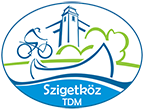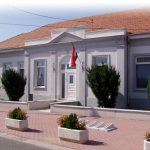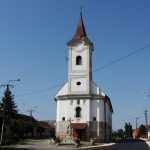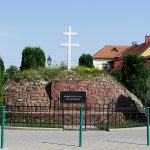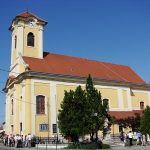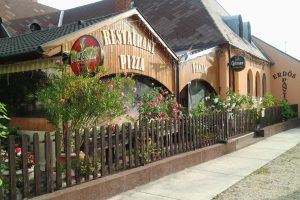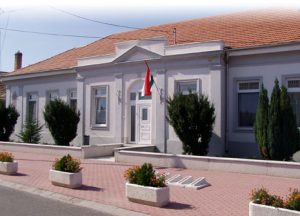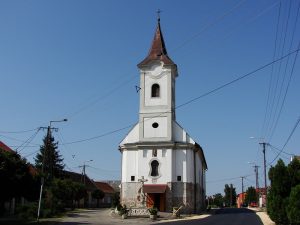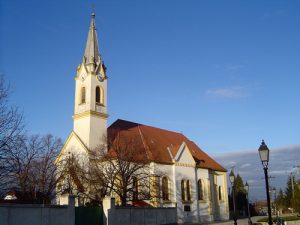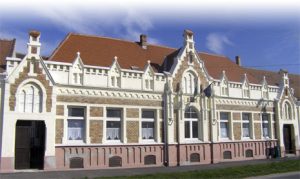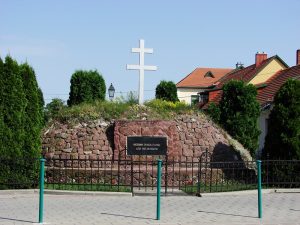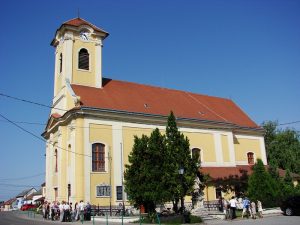Jánossomorja
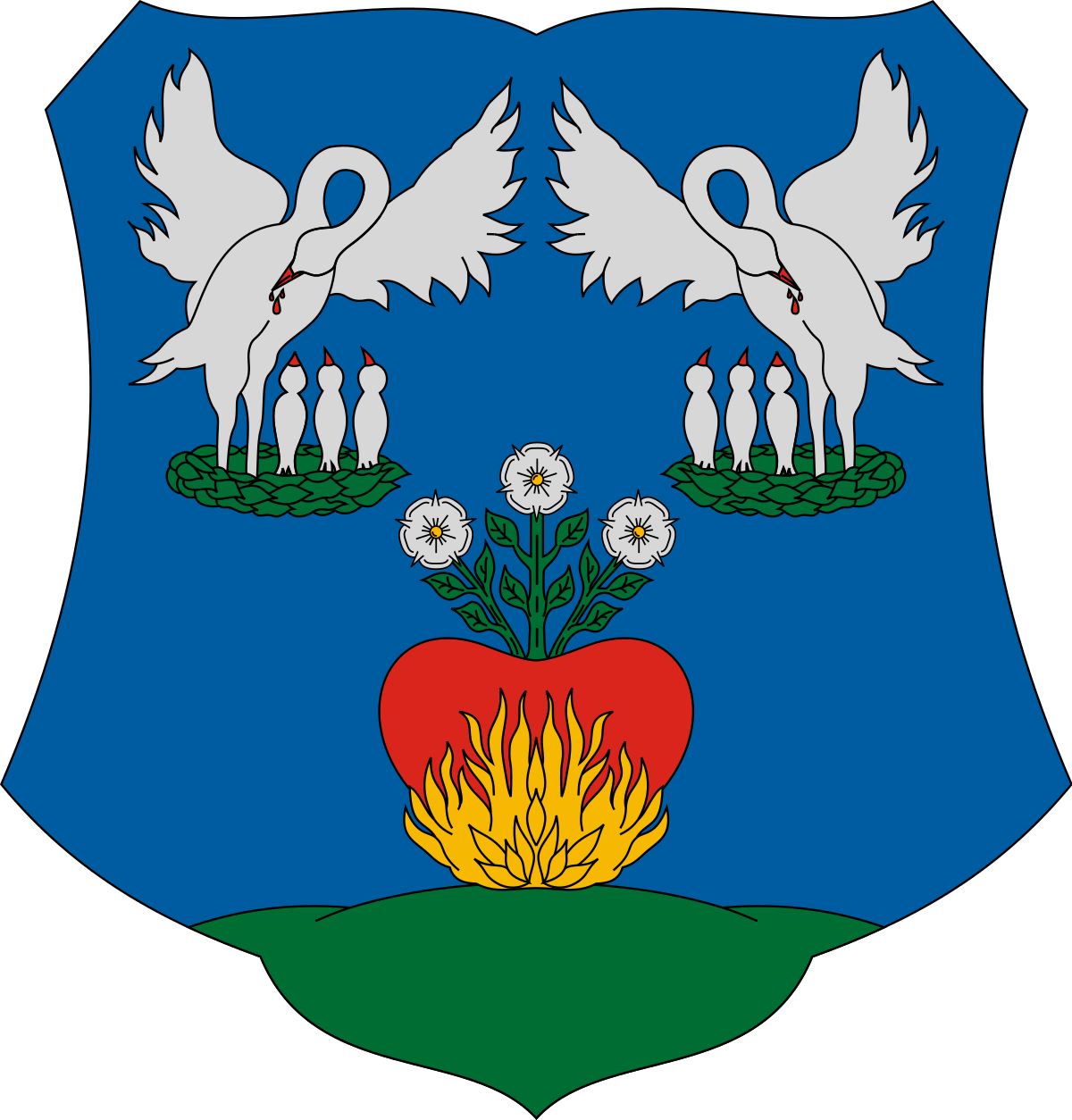
Jánossomorja is situated at the meeting point of the Hanság and the Moson- Plains. The small town counts 6000 residents and was established in 1970 by uniting of three villages Mosonszentpéter, Mosonszentmiklós and Pusztasomorja. People lived here on the edge of the Hanság’s sea of marshes even before the Hungarian conquest of the Carpathian basin, which is proven by several archeological finds. Ethnic German settlers were only brouht here in large numbers by the Habsburg owners of the Óvár estate following the Turkish wars (16th century). As a result of the resettlement in 1946, more than 4000 ethnic German inhabitants were forced to leave Mosonszentjános and Mosonszentpéter. The people who were expelled were replaced by ethnic Hungarian settlers deported from Northern-Hungary and some territories of present-day Slovakia.
The towns’s location on the border and the decades of isolation (1945-1990) resulted, that the natural environment has remained unspoiled, making it a significant tourist attraction. In the vicinity of the town there is the route of the 1956 refugees, a sculpture park and the bridge of Andau as well.
The most significant sights of the town are its churches: the church of Szentpéter was built on a foundation from the Árpád-age (1000-1301); the church of Somorja was erected in the 16th century and later reconstructed in Baroque style. The Three-Hill memorial is to be mentioned as well. (The Three-Hill is a part of the Hungarian national arms.) It was created by using the soil of the 52 historic counties that existed in Hungary in the age of king St. Stephen (969-1038).
More details:
Jánossomorja Város Polgármesteri Hivatala
Cím: Jánossomorja, Szabadság u. 39.
Tel: (96) 226-033,(96) 226-160, (96) 565-082
Fax: (96)226-145
E-mail: hivatal@janossomorja.hu
Webcím: www.janossomorja.hu
